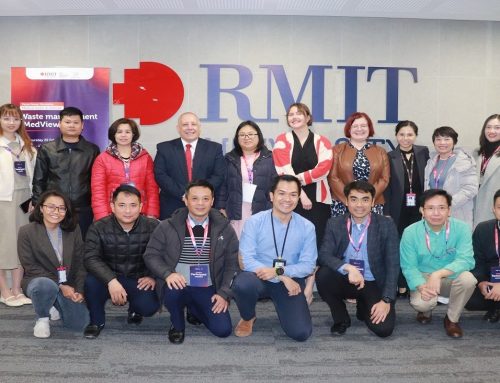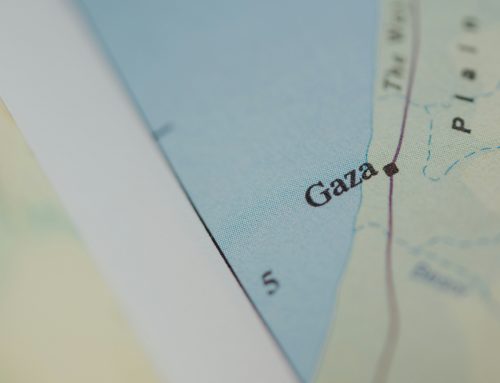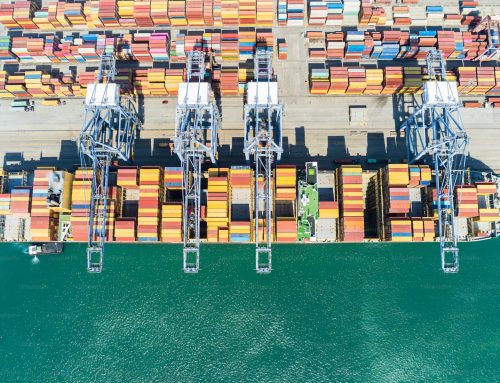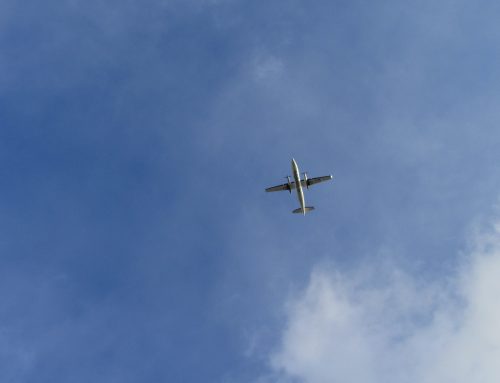May I begin by using this Blog to wish all the readers and peaceful and successful 2017. For those engaged in research, I hope that your endeavours bear fruit, and those who are undertaking the really important work of the humanitarian logistician, I sincerely hope that you will deliver your goals with the minimum of stress to you and your families.
In reflecting on what to write for this blog, I took the easy option of offering some thoughts about my current work in evaluating how three emerging technological changes could impact the practice of humanitarian logistics (HL). These are:
- 3D Printing (3DP).
- Remotely Piloted Aircraft Systems (RPAS) (otherwise known as Unmanned Aerial Vehicles/Systems (UAV/S) or drones).
- Hybrid Cargo Airships (HCAs)
All three of these developments have enormous potential to impact the management and operation of supply chains in the commercial environment – and so the challenge is to understand if and how they can be brought to bear to support the logistic preparation and response to disasters.
3DP
In the case of 3DP it has multiple benefits, key amongst which is its capacity to produce multiple finished parts from a single source material. This, together with the ability to make these parts when the demand has crystallised has the clear potential to reduce the requirement to warehouse components on a ‘just in case’ basis. In addition, its inherent flexibility allows bespoke items to be created to meet a specific non-standard requirement, whilst the high mass to volume ratio and minimal packaging requirements of the raw material are added benefits.
However, and this is to my mind the critical issue, it will be necessary to develop a robust organisational model that controls the overall process and ensures that the finished product is made of an appropriate material and of an appropriate design, and that the product itself has been printed correctly. In other words, that the output is ‘fit for purpose’. Whilst the temptation to produce ad hoc prints is inevitable, particular in the time-poor post-disaster context, this must be resisted to minimise the risks of accidents and/or injuries.
Thus, as ever, the supply chain manager must ensure the appropriate integration of people, processes and technology. The technology has been pretty well nailed, so now we need to work on the other two components of this triad.
RPAS
Turning to RPAS, the whole area of their use from a weapon of war to the delivery mechanism for pizza has been the subject of considerable comment and discussion in both the commercial and humanitarian environments. However, much of this has been related to the use of quadcopters which have a relatively short range and must, typically, be operated within line of sight of the controller. Nevertheless and notwithstanding these limitations, their use in areas such as map production has been widely reported, and has clearly been of considerable benefit to those engaged in disaster response. More recently, their use in the delivery of medicines/vaccines to remote locations has been gathering momentum, and this is clearly an area that needs to be the subject of further research in order to ensure their safe and effective operation.
My particular interest has been in the longer range RPAS (such as the Aerosonde Mk 4.7 and Boeing Insitu Scan Eagle) which are fixed wing aircraft and have a range of around 1,000km. These RPAS have multiple capabilities including the use of still or video cameras, the ability to fly geo-stationery and mimic a cell-phone tower, a ‘find your phone’ system that allows the national disaster management organisation to initiate a phone call to someone of the ground to obtain a situation update, package delivery and low-level route reconnaissance. Thus, for example in the case of nations in the Southern Pacific which are frequently beset by wind or water-related disasters, the use of such relatively inexpensive RPAS has enormous potential to improve the needs assessment process. This, in turn, will allow the response to transition from ‘push’ to ‘pull’ much more swiftly.
HCAs
Although the latest generation of helium-filled hybrid cargo airships is still at the developmental stage, they have considerable potential to become a game-changer in the disaster response environment. For example, the Lockheed-Martin LMH1 which is due to be operational in 2018-2020, can carry 19 passengers and 20MT of cargo. Thus, it could easily move a field hospital (plus staff) or a water treatment plant (plus engineers) over a range of 2,500km. As an alternative that is scheduled to be operational around 2020, the Aerosonde ML866 will carry some 220MT (i.e. the equivalent of payload of one and a half Boeing 747 cargo aircraft).
Importantly, these HCAs do not need a prepared runway from which to operate, rather than can land or take off from a field, swamp or even water. Thus, and again in the context of the island nations of the South Pacific, one could envisage them replacing the relatively slow ship-borne re-supply and instead transport relief supplies either from the nearest international airport or from an UN Humanitarian Response Depot (UNHRD) direction to the affected location.
Endpiece
Clearly this blog can only offer a summary of these thoughts and ideas, but I would be delighted to engage with colleagues who are also interested in further development of these concepts. Please feel free to contact me at: p.tatham@griffith.edu.au




